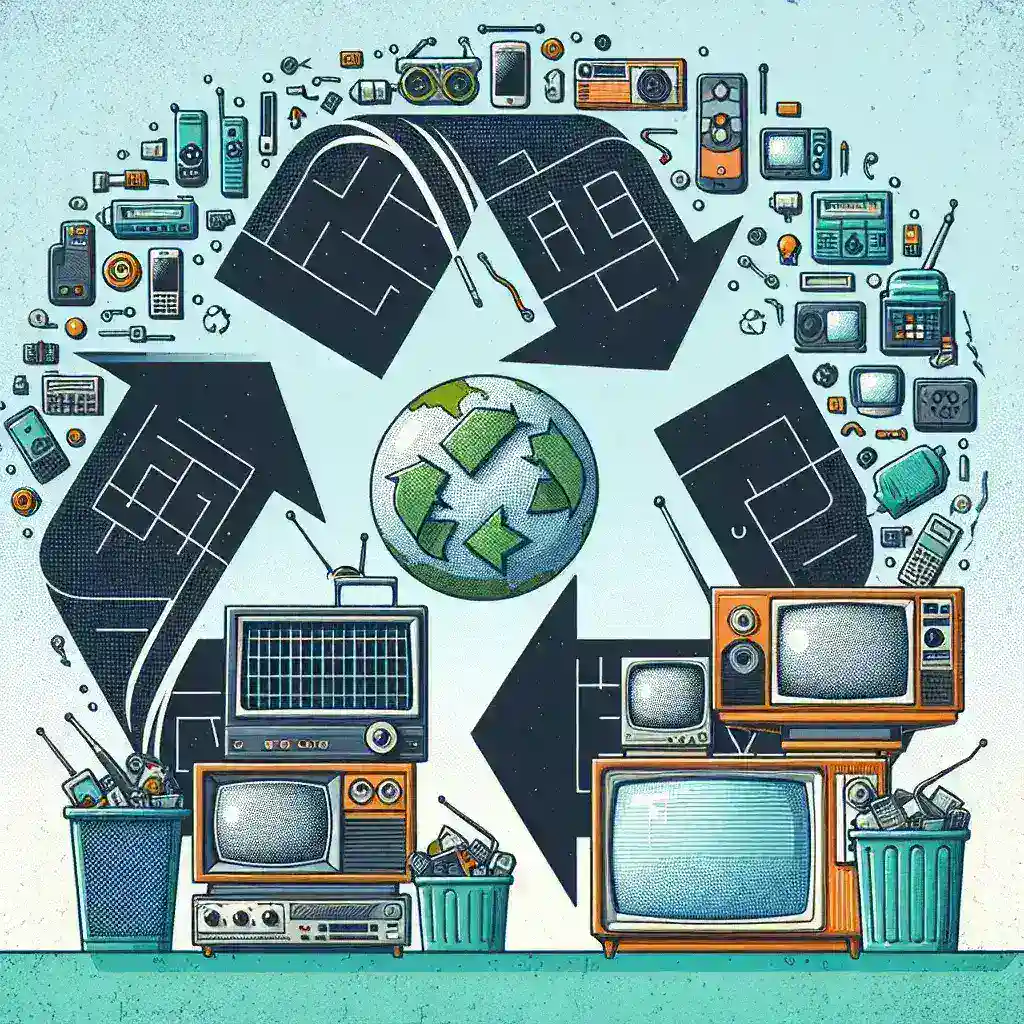What regulations govern CRT disposal?
Understanding CRT Disposal Regulations
With the advent of new display technologies, the disposal of cathode ray tubes (CRTs) has become an environmental concern. CRTs, once used in older television sets and computer monitors, contain hazardous materials, including lead and other toxic substances. This prompts the need for rigid regulations to manage CRT disposal. These regulations are designed to ensure proper handling, recycling, and disposal to minimize environmental and health risks. Understanding these regulations is crucial for both individuals and businesses to comply with legal requirements and to foster sustainable practices.
Key Regulations Governing CRT Disposal
Several regulatory frameworks govern the disposal of CRTs globally. In this section, we’ll explore some of the most prominent ones, highlighting their core requirements and their impact on CRT disposal practices.
| Regulation | Region | Key Requirements |
|---|---|---|
| Resource Conservation and Recovery Act (RCRA) | United States | Sets guidelines for hazardous waste management, including CRTs, mandates recycling and proper disposal practices. |
| WEEE Directive | European Union | Requires collection, treatment, and recycling of electronic waste, including CRTs, to encourage environmental sustainability. |
| Hazardous Waste Rules | India | Stipulates procedures for the collection, treatment, and disposal of hazardous waste, including CRTs, to avoid environmental pollution. |
| e-Waste (Management and Handling) Rules | India | Mandates producers to finance the collection and recycling of e-waste, including CRTs. |
The United States: Resource Conservation and Recovery Act (RCRA)
The United States’ primary regulation governing CRT disposal is the Resource Conservation and Recovery Act (RCRA). Enacted in 1976, RCRA’s primary aim is to protect human health and the environment. Under this act, CRTs are classified as hazardous waste due to their lead content. Key components of RCRA related to CRT disposal include:
- Identification of Hazardous Waste: CRTs must be identified and categorized as hazardous waste.
- Management Standards: CRT waste must adhere to specific storage, treatment, and disposal guidelines to prevent environmental contamination.
- Recycling Incentives: The act encourages recycling efforts by providing exemptions for CRT glass that is recycled and used in new products.
European Union: Waste Electrical and Electronic Equipment (WEEE) Directive
The European Union’s Waste Electrical and Electronic Equipment (WEEE) Directive aims to reduce electronic waste and promote resource recovery. Enacted in 2003 and amended in 2012, the WEEE Directive imposes several responsibilities on manufacturers, distributors, and end-users:
- Producer Responsibility: Manufacturers are responsible for financing the collection, treatment, and recycling of electronic waste, including CRTs.
- Collection Targets: Specific targets are set for the collection rates of electronic waste, ensuring a high percentage of e-waste is recovered and recycled.
- Consumer Awareness: Member states are mandated to educate consumers on proper e-waste disposal practices.
India: Hazardous Waste (Management and Handling) Rules
India’s Hazardous Waste (Management and Handling) Rules, first introduced in 1989 and amended several times since, are crucial for CRT disposal. These rules focus on the safe management of hazardous waste to prevent environmental and health hazards:
- Authorization Requirements: Entities handling hazardous waste must obtain authorization from relevant authorities.
- Storage and Transportation: Specific guidelines are provided for the safe storage and transportation of hazardous waste, including CRTs.
- Recycling and Disposal: The rules mandate proper recycling and disposal methods to minimize environmental impact.
e-Waste (Management and Handling) Rules, India
In addition to the Hazardous Waste Rules, India also has the e-Waste (Management and Handling) Rules, enacted in 2011 and revised in 2016. These rules specifically address electronic waste management, including CRTs:
- Producer Responsibility Organizations (PROs): Producers must establish and finance PROs to manage e-waste collection and recycling.
- Extended Producer Responsibility (EPR): Producers are held responsible for the entire lifecycle of their products, including end-of-life disposal.
- Collection Centers: Establishment of collection centers for consumers to drop off e-waste for proper recycling and disposal.
Conclusion
The regulations governing CRT disposal are essential for ensuring the safe and environmentally responsible management of hazardous waste. By understanding and complying with these regulations, individuals and businesses can contribute to reducing the environmental impact of electronic waste. Adherence to these guidelines not only ensures legal compliance but also promotes sustainability and protects public health. As technology continues to evolve, it is vital to stay informed about the latest regulatory developments and best practices in e-waste management.

